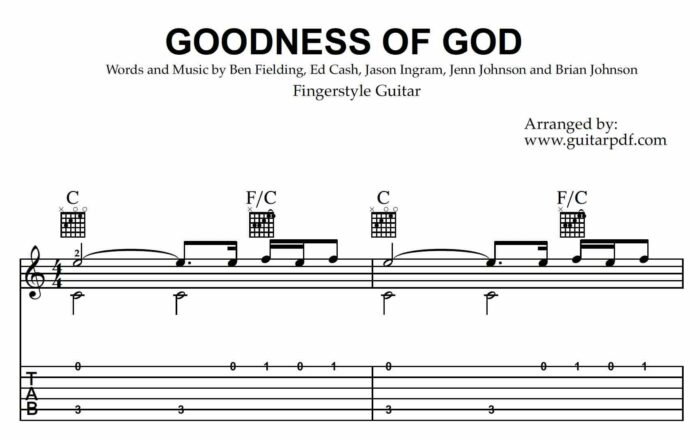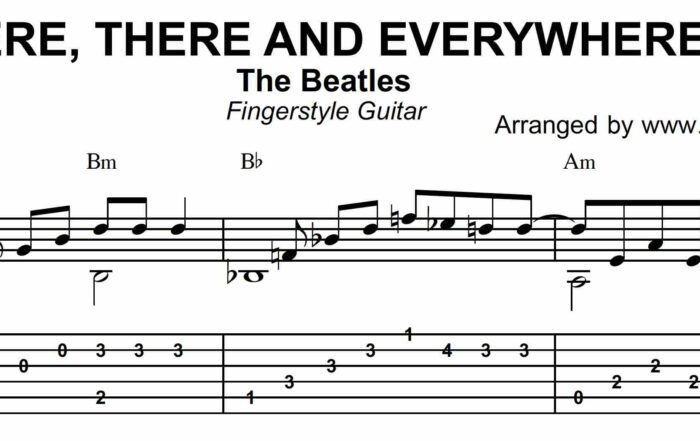5 Classic Blues Guitar Licks
Blues guitar licks are the backbone of countless iconic songs and guitar solos. They’re not just flashy tricks, but essential phrases that convey emotion, tell stories, and capture the heart of blues music. Whether you’re a beginner or a seasoned player, mastering a few timeless blues licks can enhance your playing and give you the tools to improvise confidently.
In this article, we’ll break down five classic blues licks that every guitarist should have in their repertoire. These licks come from the legends of the blues and have influenced generations of guitarists across genres.
1. The “B.B. King Box” Lick
The first classic lick comes from the “King of the Blues” himself—B.B. King. His signature style revolves around soulful bends, smooth vibrato, and precise phrasing. One of his go-to licks, known as the B.B. King Box, focuses on playing within a small area of the fretboard (typically around the 10th to 12th frets on the B and G strings).
- How to Play It: Start by bending the 12th fret of the B string a full step, holding the bend, and adding a light vibrato. Then, drop down to the 10th fret on the same string for a smooth transition. This lick is all about feel and control, so don’t rush it.
- Why It’s Essential: This lick captures the essence of emotional blues playing. B.B. King’s approach is about saying more with fewer notes, using bends and vibrato to create expressive, vocal-like phrasing.
2. The Albert King “Bend and Release” Lick
Albert King is another blues legend who was a master of bending strings. His bend and release licks are instantly recognizable and packed with attitude. In his hands, the guitar became a vocal instrument, capable of expressing deep emotion with just a single bend.
- How to Play It: On the G string, bend the note on the 7th fret up a full step, hold it, and then slowly release the bend while picking the note again. You can add a slight vibrato at the top of the bend for extra flavor.
- Why It’s Essential: This lick teaches the power of tension and release, which is a hallmark of blues music. It’s not just about playing fast or complicated—it’s about drawing out the emotion from each note.
3. The Stevie Ray Vaughan “Texas Blues” Lick
Stevie Ray Vaughan brought a new level of energy to the blues with his fiery playing style. His Texas Blues licks often combine quick hammer-ons, pull-offs, and bends in a way that creates a driving, aggressive feel. One of his most recognizable licks comes from his cover of “Pride and Joy.”
- How to Play It: Start with a hammer-on from the 5th to 7th fret on the G string, followed by a pull-off back to the 5th fret. Then, hit the 7th fret on the D string. This lick flows seamlessly between notes, so it’s important to keep the rhythm steady.
- Why It’s Essential: Stevie Ray Vaughan’s licks teach you how to blend rhythm and lead guitar seamlessly. His Texas shuffle licks are great for adding energy and groove to your blues playing.
4. The Chuck Berry “Double Stop” Lick
Chuck Berry may be known as one of the fathers of rock ‘n’ roll, but his style is deeply rooted in the blues. His double stop licks, where you play two notes simultaneously, became a staple in rock and blues guitar solos. These licks are punchy, rhythmic, and full of attitude.
- How to Play It: Play two notes at once, such as pressing the 7th fret on both the B and G strings, then slide up to the 9th fret on both strings. Finish with a quick bend on the G string while keeping the B string steady. This technique creates a fuller sound, perfect for driving solos.
- Why It’s Essential: Double stops add power and depth to your playing, giving your licks a bigger, bolder sound. Chuck Berry’s style is perfect for blending blues with rock, making it versatile for multiple genres.
5. The Muddy Waters “Slide-in” Lick
Muddy Waters is known for his raw, authentic blues sound, and his slide-in lick is a perfect example of his ability to convey emotion through simple, yet effective, phrasing. This lick involves sliding into a note to create a vocal-like quality, giving it a soulful, expressive sound.
- How to Play It: Slide from the 7th fret to the 9th fret on the G string, then land on the 8th fret of the B string for a smooth finish. The slide gives the lick a slurred, human-like feel.
- Why It’s Essential: Sliding into notes adds an expressive, conversational tone to your playing. Muddy Waters’ licks are great for learning how to make your guitar “speak” in the language of the blues.
Conclusion: The Power of Blues Licks
Mastering these five classic blues licks is an essential step for any guitarist who wants to tap into the emotional and expressive power of the blues. Each of these licks teaches a fundamental skill—whether it’s bending, sliding, or playing with rhythm—and together, they form a solid foundation for improvisation and soloing.
The beauty of blues licks is their versatility. Once you’ve got them under your fingers, you can adapt and combine them into your own playing style. So, take your time, focus on the feel of each lick, and most importantly, let the music speak through your guitar.







